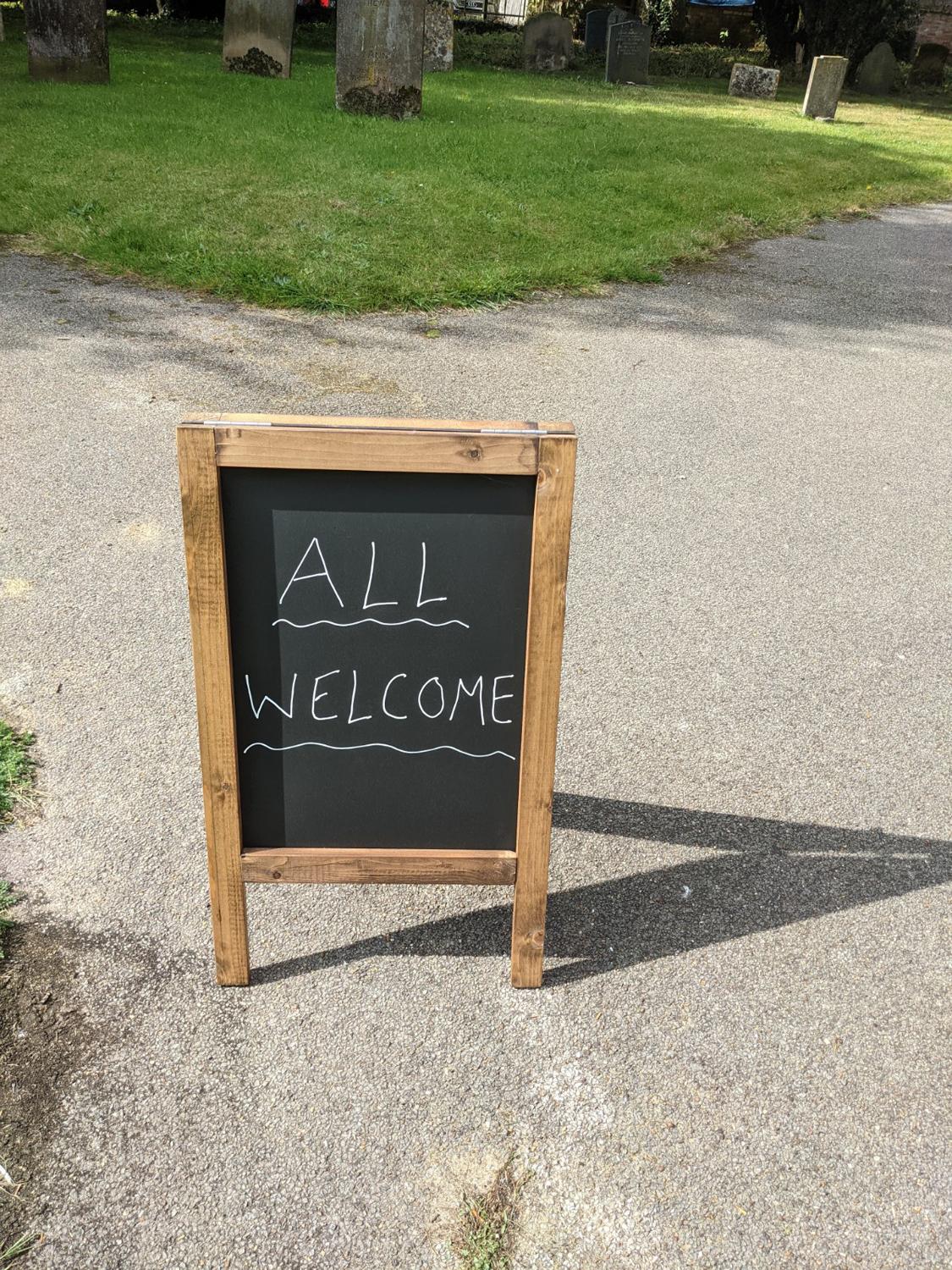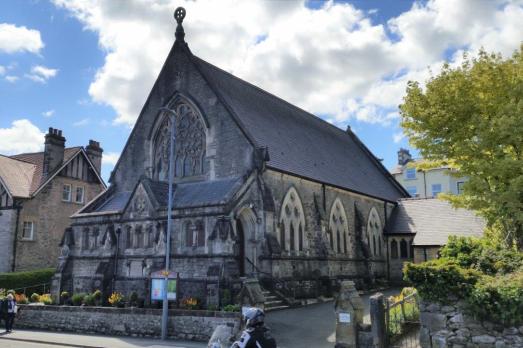
Opening doors: accessibility as hospitality
Accessibility remains one of the most significant areas of progress. As of 2025, 82% of churches reported step-free entrances and 73% have accessible toilets, bringing them closer in line with access expectations for public buildings. Hearing loops are now present in nearly two-thirds (65%) of churches, ensuring that worship and events remain open to those with hearing impairments. Yet some gaps remain – only 9% of churches say they have invested in clear visual signage for those with visual impairments, and in rural areas this falls to just 4%, despite an ageing population that may rely more on visual aids.
This progress is important in the wider social context. Approximately one in four people in the UK are classified as disabled, amounting to 16.8 million individuals. Public buildings that fail to provide step-free access, accessible toilets, or disability technology exclude a significant proportion of the population from community life. Churches, by contrast, have demonstrated a strong commitment to inclusion, often achieving accessibility upgrades through local fundraising and volunteer efforts, even in places where statutory obligations do not apply.
Accessibility is not just a matter of compliance – it is an expression of the church’s core mission of welcome. Investment in ramps, toilets, and hearing loops ensures that churches remain open to all, regardless of age or ability. In many cases, these works have also enabled them to respond to local community needs, from hosting baby groups to dementia cafés. By making accessibility a priority, churches are opening their doors wider, seeking everyone in society to have the same opportunities to experience what they offer.

Financial challenges in making a church accessible for all
The team at Grange Methodist Church in Cumbria understands their local community and are working hard to ensure their building meets the needs of its users. But it is not without huge challenges.
Grange Methodist Church is located in the middle of the town. The Grade II listed building is the second oldest church in Grange, built in 1874 on a green field, which is now the main shopping street in the town. The team at Grange Methodist Church have been fundraising for years to be able to make the church building more accessible. The changes have wide–spread support from the community and from their local MP. But once they reached their target, sadly they found that two years of inflation and spiralling costs of building materials
meant that project costs had doubled.
“We believe equality is important, but at the moment that’s not the message our building gives,” explains Revd Jo Rand, Minister
at Grange Methodist Church.
“This project means everyone will be able to come in through the same welcoming entrance, rather than having step-free access hidden away
round the back by the bins, and the toilets will be easy to find, and have hot water for hand washing, and heating!
“The church hall has always been well used, but this project makes more of our building available for all sorts of uses through the week. Relocating the kitchen means that hospitality can be at the heart of what goes on at Grange Methodist Church... We’re so excited
to be able to look ahead to the warm welcome we’ll be able to offer to all sorts of community groups, ratherthan having to apologise for the state of our facilities.”
The team at Grange is not giving up despite ongoing financial difficulty – they believe in this project and are committed in making the church a welcoming space for everyone.
Continue reading
The next section is 'Costs associated: investing together for the future'.
